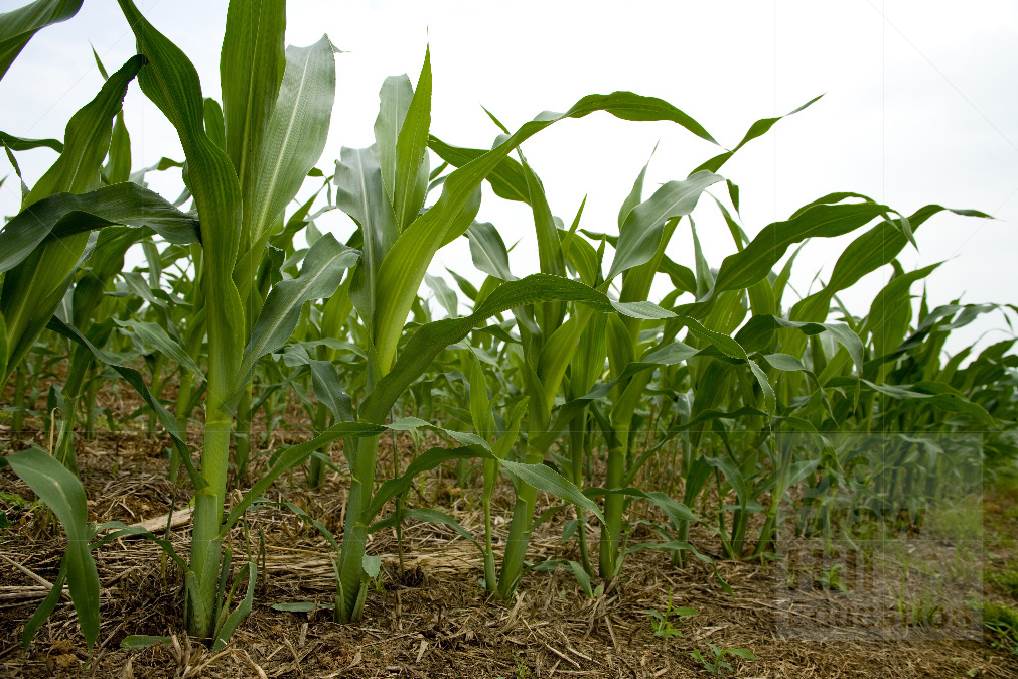Because of nutrient-poor soil and the high cost of fertilizer, farmers in parts of Africa often produce only one-fifth to one-tenth as much corn (maize) per hectare as farmers in the United States do. Over time, farming in Africa and elsewhere in the developing world has depleted soils of nitrogen and other important nutrients for plant growth. In the short term, the most effective way to boost crop yields is to add nitrogen back to the soil using chemical fertilizer. One of the most widely used chemical fertilizers is urea, a stable (nonexplosive) compound containing a high weight percentage of nitrogen (46 wt. % N). Because soil bacteria break down urea soon after it is applied, an estimated 50 percent or less of that nitrogen is taken up by plants. The remainder is lost to the environment through volatilization of ammonia (NH3) and nitrous oxide (N2O) to the atmosphere or through leaching of water-soluble nitrate (NO3−) to groundwater and surface water supplies. Nitrous oxide is an air pollutant and powerful greenhouse gas, and water pollution from nitrate runoff is responsible for eutrophication of lakes and streams. See also: Air pollution; Ammonia; Corn; Eutrophication; Fertilizer; Nitrogen cycle; Nitrogen oxides; Plant mineral nutrition; Soil fertility; Soil microbiology; Urea; Water pollution

To get more nitrogen from fertilizer into plants and less in the environment, coatings of sulfur or polymers have been applied to urea to slow its release to the soil. The release speed of sulfur-coated urea has been variable (too fast or too slow), depending on the coating thickness, and residual polymer coatings left in the soil are slow to decompose. However, the major drawback to using slow-release fertilizer is that the cost is considerably higher. To overcome these problems, researchers reported in the journal ACS Nano (January 2017) the synthesis of urea-hydroxyapatite nanoparticles that release nitrogen only one-twelfth as quickly as urea does. Moreover, these slow-release nanoparticles could maintain the yields of rice crops even when applied in amounts that would deliver half as much nitrogen as urea would. A two-step process for making the material, which the researchers had extended to pilot scale (87.5-kg) quantities, consists of simply adding phosphoric acid to a suspension of calcium hydroxide and urea and then flash-drying the mixture. The resulting nanohybrid has a ratio of urea to hydroxyapatite of 6:1 by weight. The significance of this work is that it demonstrates a more environmentally sustainable and potentially more affordable slow-release nitrogen fertilizer. See also: Apatite; Drying; Nanoparticles; Phosphate minerals; Polymer; Rice; Sulfur





